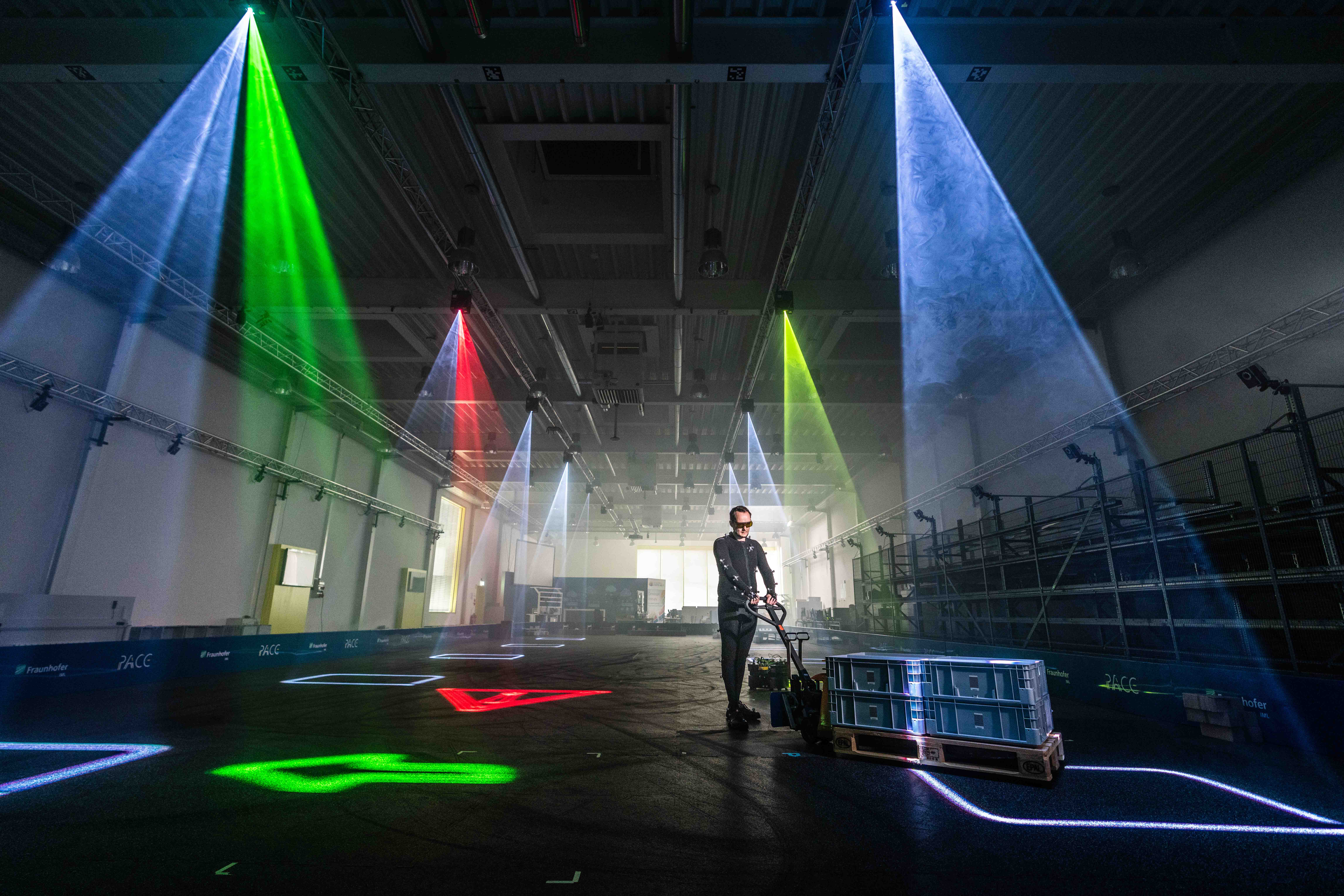Open source community for interfaces and standards
Open source software is an integral part of the digital economy, securing the digital sovereignty of companies and preventing individual companies from becoming gatekeepers of certain technologies. In our Open Labs, we bring together partners from related topics and fields of application and develop open source.
The challenges of our time can only be solved together. Decentralised systems and the resulting necessary interoperability of processes need more than one player and a common language to ensure standardised and user-oriented interfaces. Open source motivated projects therefore focus on the areas of connectivity and communication as well as automation and flexibilisation.
This is precisely where the Open Labs at Fraunhofer IML come in and think of logistics as a team sport. The Open Lab partners can benefit from the latest research results from publicly funded research projects at the Fraunhofer IML.
 Fraunhofer Institute for Material Flow and Logistics IML
Fraunhofer Institute for Material Flow and Logistics IML
